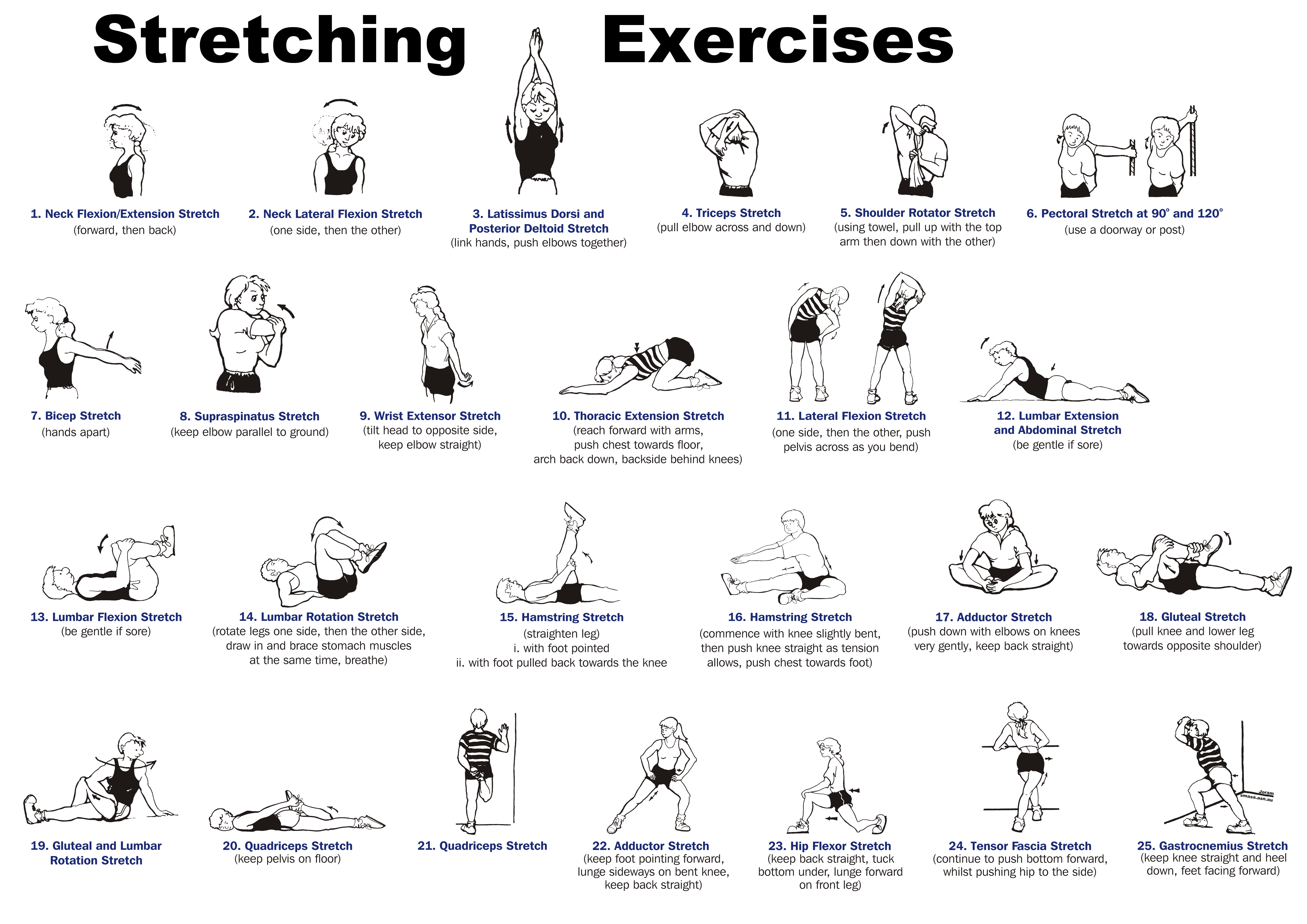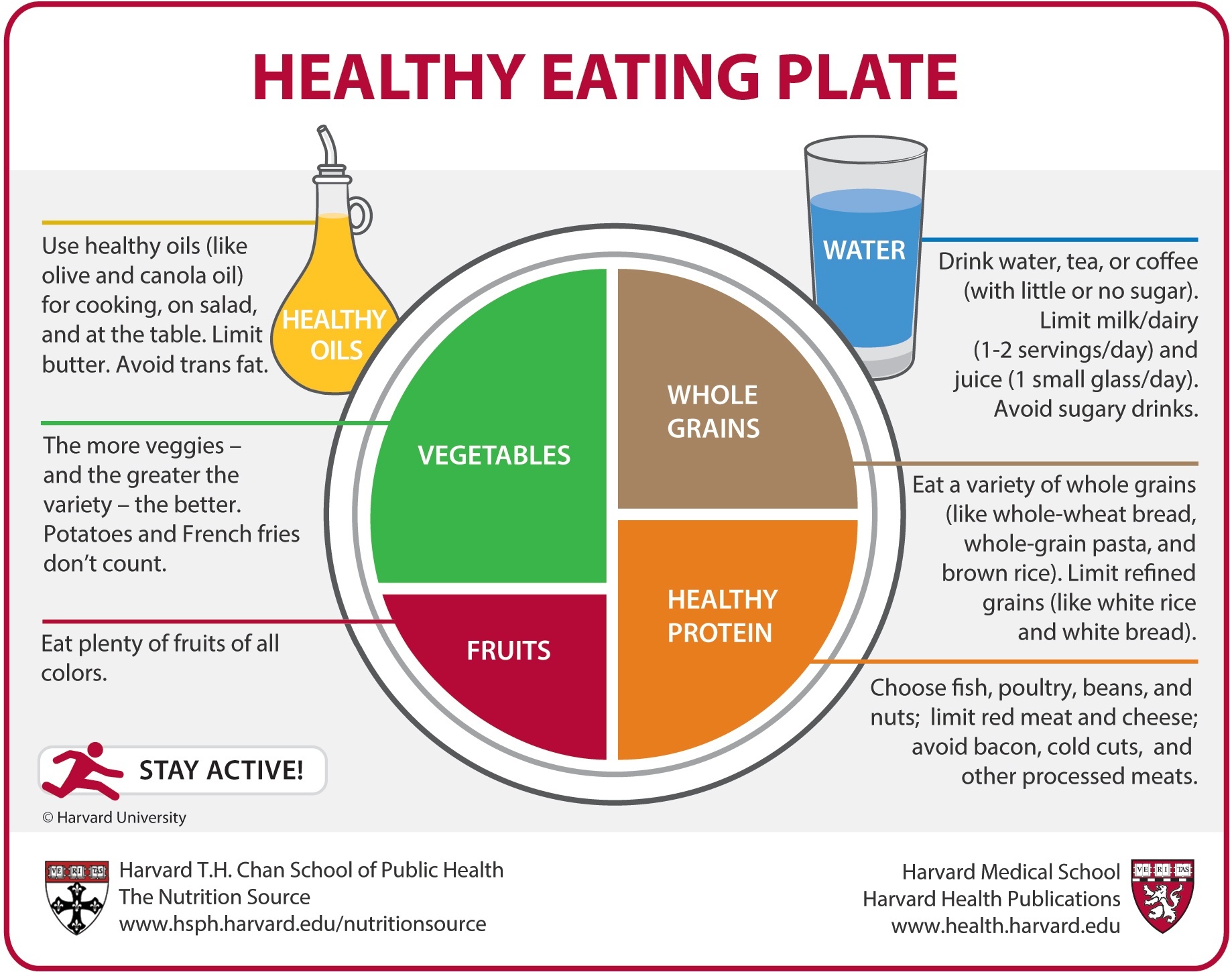Table of Contents
Approaches to Self-Care
There are probably about as many approaches to self-care as there are people trying to practice it! Always remember that just because something works for one person doesn't mean it has to work for you - don't be afraid to switch up your self-care practices if they don't feel good for you.
Please check in with yourself before reading the following examples of self care approaches. They include detailed examples and recommendations about physical activities and nutrition that may not be suitable for everyone's needs, in particular when there are different mental health needs that may need to be seen to first. If you are prone to mental health issues around food or exercise, tending to those needs first may be in your best interest.
Mindfulness
Mindfulness is the psychological process of bringing one's attention to experiences occurring in the present moment, which one can develop through the practice of meditation and through other training. There are several exercises designed to develop mindfulness meditation, including the use of guided meditations.
One method is to sit on a straight-backed chair or sit cross-legged on the floor or a cushion, close one’s eyes and bring attention to either the sensations of breathing in the proximity of one’s nostrils or to the movements of the abdomen when breathing in and out.
In this meditation practice, one does not try to control one’s breathing, but attempts to simply be aware of one’s natural breathing process. When engaged in this practice, the mind will often run off to other thoughts and associations, and if this happens, one passively notices that the mind has wandered, and in an accepting, non-judgmental way, returns to focusing on breathing. In body-scan meditation the attention is directed at various areas of the body and noting body sensations that happen in the present moment.
Pain Management
Stress Management
Personal Development
Physical Exercise
Exercise is any bodily activity that enhances or maintains physical fitness and overall health and wellness.
Aerobic Exercise
Aerobic exercise is any physical activity that uses large muscle groups and causes the body to use more oxygen than it would while resting. The goal of aerobic exercise is to increase cardiovascular endurance. Examples of aerobic exercise include running, cycling, swimming, brisk walking, skipping rope, rowing, hiking, playing tennis, continuous training, and long slow distance training.
Anaerobic Exercise
Anaerobic exercise, which includes strength and resistance training, can firm, strengthen, and tone muscles, as well as improve bone strength, balance, and coordination. Examples of strength moves are push-ups, pull-ups, lunges, and bicep curls using dumbbells.
- Bodyweight exercises are strength training exercises that use the individual's own weight to provide resistance against gravity.
- Weight training is a common type of strength training for developing the strength and size of skeletal muscles. It utilizes the force of gravity in the form of weighted bars, dumbbells or weight stacks in order to oppose the force generated by muscle through concentric or eccentric contraction.
Flexibility Exercise
 Flexibility exercises stretch and lengthen muscles. Activities such as stretching help to improve joint flexibility and keep muscles limber. The goal is to improve the range of motion which can reduce the chance of injury. Each stretch should be held for a minimum of 10–20 seconds and stretched to the point of mild discomfort but not pain.
Flexibility exercises stretch and lengthen muscles. Activities such as stretching help to improve joint flexibility and keep muscles limber. The goal is to improve the range of motion which can reduce the chance of injury. Each stretch should be held for a minimum of 10–20 seconds and stretched to the point of mild discomfort but not pain.
- Stretching is a form of physical exercise in which a specific muscle or tendon is deliberately flexed or stretched in order to improve the muscle's felt elasticity and achieve comfortable muscle tone. Stretching combined with pulse-raising activities form part of warm-up routines. You should warm up in the morning, before exercising.
- Yoga is a physical activity consisting largely of postures called asanas, often connected by flowing sequences called vinyasas, sometimes accompanied by the breathing exercises of pranayama, and usually ending with a period of relaxation or meditation. Yoga combined with a light walk form part of cool-down routines. You should cool down in the evenings, after exercising.
Martial Arts
Martial Arts can be a great way to get all of the exercise you need whilst building confidence and learning how to better defend yourself and your friends, family and comrades when in physical danger. It can involve and is complemented by all of the types of exercise above. There are many different types of Martial Arts practices and many many people cross-train in more than one style. Here is a small selection:
- Boxing - Striking with fists - Great for fitness and developing your striking power. A great starting point for all other martial arts. Emphasis on developing good footwork and punching technique.
- Muay Thai (Thai Kick Boxing) - Striking with fists, elbows, knees and legs - Standing up Grappling (called clinching) - An awesome all-round martial art known as the science of 8 limbs. Probably the most effective system for self defence as it is designed to do the most damage to your opponent with a variety of simple but effective strikes. Has the best shorts :)
- Brazilian Jiu-Jitsu - Grappling - Ground based - A martial art primarily for fighting when on the ground (after taking your opponent to the ground or being taken down yourself). It is highly technical and takes a long to time to get decent at but can save your life in a self defence situation. Most Mixed Martial Arts fighters train in Brazilian Jiu-Jitsu alongside some form of striking style.
Finding somewhere to train
Sometimes it can be hard to find a good gym to train in that is welcoming. Avoid anything that is super macho and look for places that do mixed gender classes. Recommendations from people you know are best. Don't be afraid to sign up for some beginner classes at various gyms until you find something that suits you. Many gyms have ridiculously cheap beginner sessions as they hope that anyone who enjoys their space will sign up for full price membership in the long term.
Alternatively, if you know some friends who have some training, you could set up your own sessions. In the UK, there is a network of “red gyms” which are anti-fascist community gyms that aim to create an accessible and non-macho environment for leftists to learn martial arts and stay fit.
Healthy Diet
 A healthy diet is a diet that helps to maintain or improve overall health. A healthy diet provides the body with essential nutrition: fluid, macronutrients, micronutrients, and adequate calories. A healthy diet contains mostly fruits, vegetables, and whole grains, and includes little to no processed food and sweetened beverages. The requirements for a healthy diet can be met from a variety of plant-based and animal-based foods, although a non-animal source of vitamin B12 is needed for those following a vegan diet.
A healthy diet is a diet that helps to maintain or improve overall health. A healthy diet provides the body with essential nutrition: fluid, macronutrients, micronutrients, and adequate calories. A healthy diet contains mostly fruits, vegetables, and whole grains, and includes little to no processed food and sweetened beverages. The requirements for a healthy diet can be met from a variety of plant-based and animal-based foods, although a non-animal source of vitamin B12 is needed for those following a vegan diet.
Vegetables and Fruit (1/2)
A diet rich in vegetables and fruits can lower blood pressure, reduce the risk of heart disease and stroke, prevent some types of cancer, lower risk of eye and digestive problems, and have a positive effect upon blood sugar, which can help keep appetite in check. Variety and color are key to a healthy diet. On most days, try to get at least one serving from each of the following categories: dark green leafy vegetables; yellow or orange fruits and vegetables; red fruits and vegetables; legumes (beans) and peas; and citrus fruits.
- Keep fruit where you can see it - Place several ready-to-eat washed whole fruits in a bowl or store chopped colorful fruits in a glass bowl in the refrigerator to tempt a sweet tooth.
- Choose a whole fruit, instead of juice - An orange has two times as much fiber and half as much sugar as a 12-ounce glass of orange juice.
Carbohydrates (1/4)
The amount of carbohydrate in the diet – high or low – is less important than the type of carbohydrate in the diet. For example, healthy, whole grains such as whole wheat bread, rye, barley and quinoa are better choices than highly refined white bread or French fries.
- Start the day with whole grains - Try porridge or a cold cereal that lists a whole grain first on the ingredient list and is low in sugar. Choose a cereal that has at least 4 grams of fiber and less than 8 grams of sugar per serving.
- Use whole grain breads for lunch or snacks - Look for bread that lists as the first ingredient whole wheat, whole rye, or some other whole grain.
- Look beyond bread - Whole wheat bread is often made with finely ground flour, and bread products are often high in sodium. Instead of bread, try a whole grain in salad form such as brown rice or quinoa.
Protein (1/4)
Because protein is found in an abundance of foods, many people can easily meet this goal. However, not all protein “packages” are created equal. Because foods contain a lot more than protein, it’s important to pay attention to what else is coming with it. Choose fish, poultry, beans, and nuts; limit red meat and cheese; avoid bacon, cold cuts, and other processed meats.
- Get your protein from plants - Eating legumes, nuts, seeds, whole grains, and other plant-based sources of protein is a win for your health and the health of the planet. Make sure that you mix up your sources so no “essential” components of protein are missing.
- Upgrade your sources of animal protein - Poultry, seafood and eggs are your best bet. Eat dairy in moderation (once per day), eat red meats in limited amounts and avoid processed meats.
